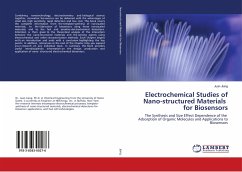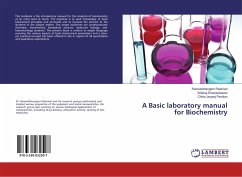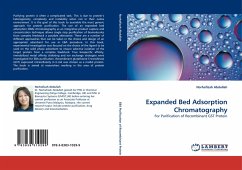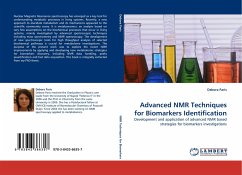Chromatographic separations are usually realized in isocratic mode, i.e., with constant temperature, pressure or solvent composition of the mobile phase during the process. However, it is well known that the adsorption behavior of the system can be strongly affected by changes of these operating parameters in gradient mode. In the work presented here several aspects of applying the gradient technique for preparative scale of both batch and continuous chromatography are discussed. This analysis is included in the main PART II of the work. It starts from the examination of a batch system consisting of a single column. Subsequently, strategies of using gradient in a continuous separation with a parallel multi-column arrangement and with the SMB system are discussed. Before analyzing the gradient technique the application of mathematical models of process dynamics for predicting chromatographic separations is thoroughly examined in PART I of the work. Moreover, in PART I several aspects of the application of numerical methods for solving the model equations are discussed.








